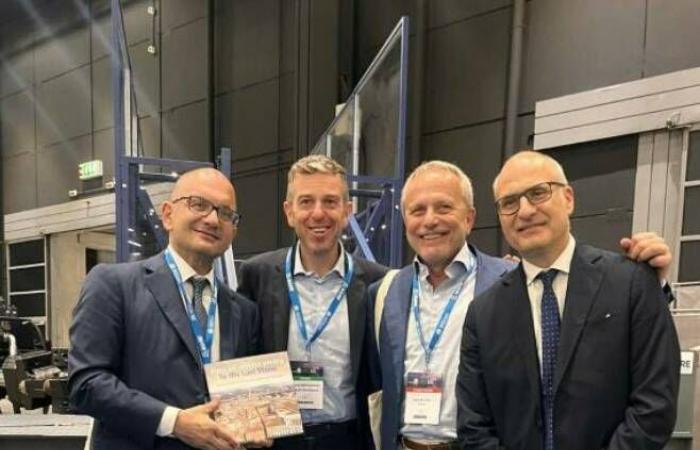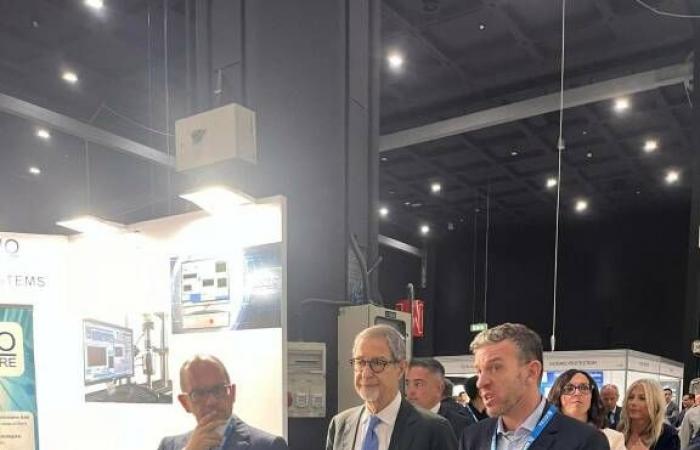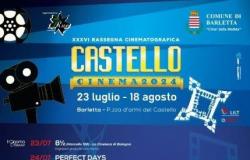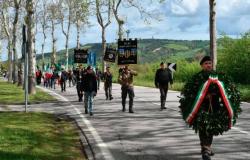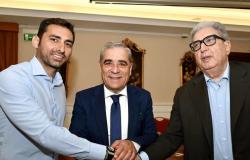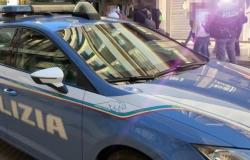Reconstruction, the L’Aquila model protagonist in Milan of the 18th World Conference on Earthquake Engineering (WCEE2024). Three cards presented.
Three cardsof the viewers with augmented reality, a earthquake-proof case they represented the model of the post-earthquake reconstruction of the city of L’Aquila in Milaninside the Allianz MiCo Congress Centre, where the 1st edition is taking place8th World Conference on Earthquake Engineering, WCEE2024the most important seismic engineering event held every 4 years: the last edition was in Seoul, the last one in Italy in 1967.
The reconstruction examples shown on the illustrated cards from USRA (the Special Office for the Reconstruction of L’Aquila) are: Hemicycle Palace, Branconio Palace and De Marchis Palace.“We bring the example of the great work carried out in recent years in L’Aquila – said the engineer Except Provenzanohead of the USRA special office -, a long and complex reconstruction, protection and modernization activity, which has seen the commitment and contribution of many actors. In addition to the USRA, we must remember the work of the Municipality of L’Aquila, the University of L’Aquila, the Special Office for the Reconstruction of the Crater, the Public Works Department, the Secretary of Cultural Heritage and the Superintendency and all the Municipalities of the Crater. It would have been impossible to tell in this context everything we have done over the years, so we have chosen to bring three significant experiences: a video projection of the L’Aquila earthquake, explaining what happened on April 6, 2009 and where we are today; an immersive activity, with an augmented reality viewer, to transport visitors into the midst of the reconstruction work; finally, an anti-seismic display case soon to be installed at the historic headquarters of the National Museum of Abruzzo in the sixteenth-century castle to bring to the world’s attention an unprecedented application of anti-seismic engineering and that the reconstruction of L’Aquila has reached a level of depth that does not only concern the buildings, but also the cultural heritage of the city”.
With around 4000 participants expected for over 100 nationsWCEE2024 represents a unique opportunity for engineers, researchers, practitioners and policy makers to engage in discussions on issues crucial to seismic resilience and infrastructure safety. The conference programme includes 150 technical sessions, 13 plenary lectures and around 100 exhibitors, offering an ideal platform for the exchange of ideas and innovations.
At the opening of the inaugural day, the speech of the Extraordinary Commissioner for Reconstruction 2016, Guido Castelliwhich among other things illustrated the futuristic projects implemented by the Commissioner’s Office Arquata del Trontoin the Marche and in Castelluccio of Norciain Umbria: “I presented to the world the experience of the 2016-17 seismic sequence, both highlighting the extent of the devastation and the complexity of the reconstruction, due to the complex nature of the places and buildings on which we had to intervene, and underlining the change of pace that, after too many uncertainties in the past, we have impressed on the reconstruction in the last year. A significant acceleration that has affected both public and private reconstruction. Italy – concluded the senator Castelli– must make up ground in research: in addition to the excellence of private initiative such as Eucentre, there must be a fundamental contribution from the State, as happens abroad”.
“The L’Aquila model can be replicated elsewhere because, in addition to the implementation of the largest urban regeneration operation in Italy since the post-war period, a program of interventions is being successfully tested in L’Aquila in which training, innovation, culture and tourism represent the cornerstones of the emancipation of a territory,” declared the mayor of L’Aquila, Pierluigi Biondi -. The experience gained in the capital of Abruzzo and in the municipalities of the crater teaches that time is not an independent variable in the processes of rebirth from a dramatic event such as an earthquake or any other calamity and the speed of the responses affects the destinies of the communities. Being able to immediately count on a defined framework of rules, norms, exemptions, procedures, keeping in mind previous experiences can be decisive” concluded Biondi.
WCEE2024, with USRA the L’Aquila model in the world

